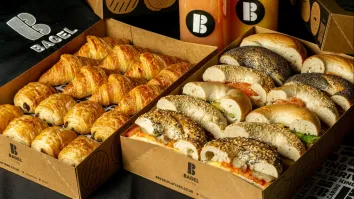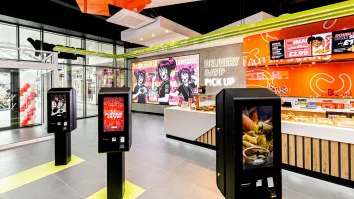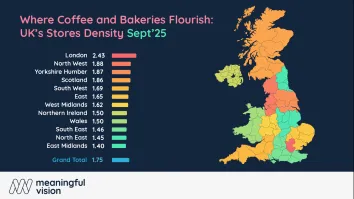
Why AI is taking over the restaurant industry
Mintel predicts future advancements may include facial recognition or even license plate recognition technology at drive-thrus.
Aside from creating personalized experiences for diners, which is especially important to younger consumers who dine out often, investing in artificial intelligence will allow operators to have greater control over their customer data, according to Mintel.
Observing the US foodservice space, the market research company says tech innovation is “rapidly evolving” to include a focus on AI, with operators across restaurant segments are investing in this technology, whether through internal means, or by acquiring all or a portion of third-party technology companies.
According to Mintel’s 2019 US Foodservice Trend ‘Tech in Balance,’ as technology continues to reshape of foodservice, operators are striking the right balance between “operational efficiency, a desire for human interaction, and excellent service to all consumers.”
“AI technology enables operators to provide better customer service to their patrons and tangible benefits that can help translate into long term brand loyalty that is important to operators,” Mintel associate director of foodservice research Amanda Topper explained. “AI is mutually beneficial to the diner and the operator. What started as a means to enhance diners’ experience has proven to be an equally valuable resource which will drive continued investment in this area.”
Notable examples cited by Topper include McDonald’s acquisition of technology company Dynamic Yield to offer personalized recommendations to diners at drive-thru displays; and Sonic Drive-In’s AI-powered voice ordering and dynamic menu pilot done with Mastercard and kiosk vendor ZIVELO.
Collaborative projects between Microsoft and Starbucks, including predictive drive-thru ordering, were cited as a key example on AI’s growing role; Chick-fil-A’s announcement it was using AI and machine learning to analyze social media posts for conversations around food safety; and
In non-US markets, Topper cited Domino’s roll out of the DOM Pizza Checker tool to ensure product consistency in the Australia and New Zealand markets. Interestingly, Topper’s examples were made by brands within the year.
“Operators will have the ability to better target their customers with promotions and even predict what a customer might want to order before the customer even knows,” she said. “Mintel expects additional operators to roll out similar tests on-premise, as well as across digital platforms and loyalty programs.”
(Read Mintel's article here.)
























